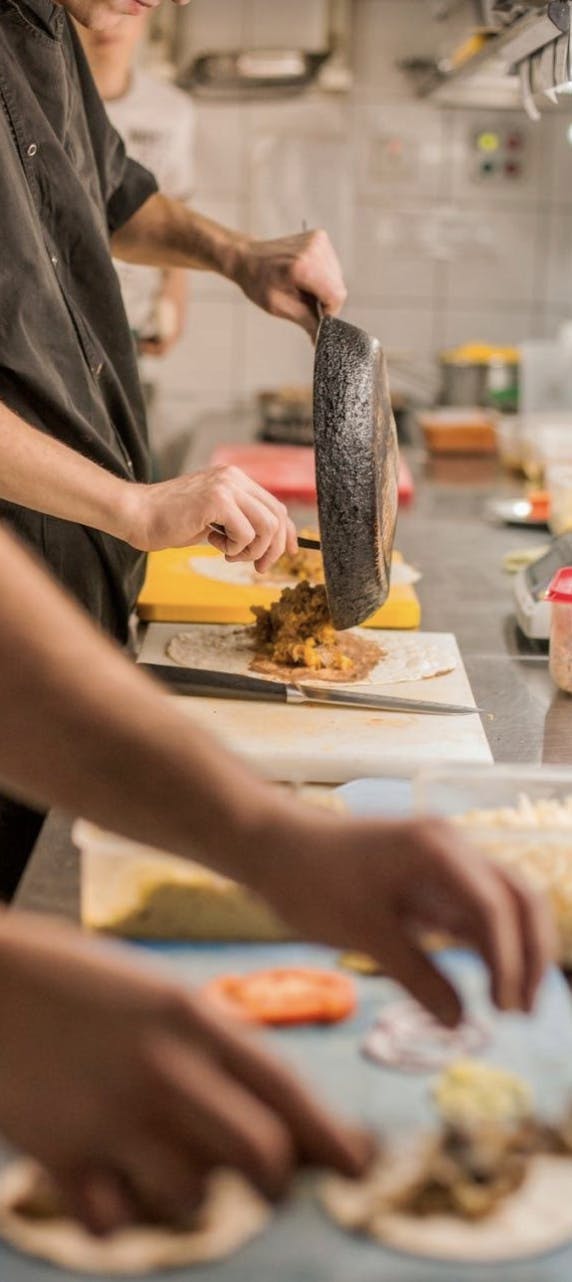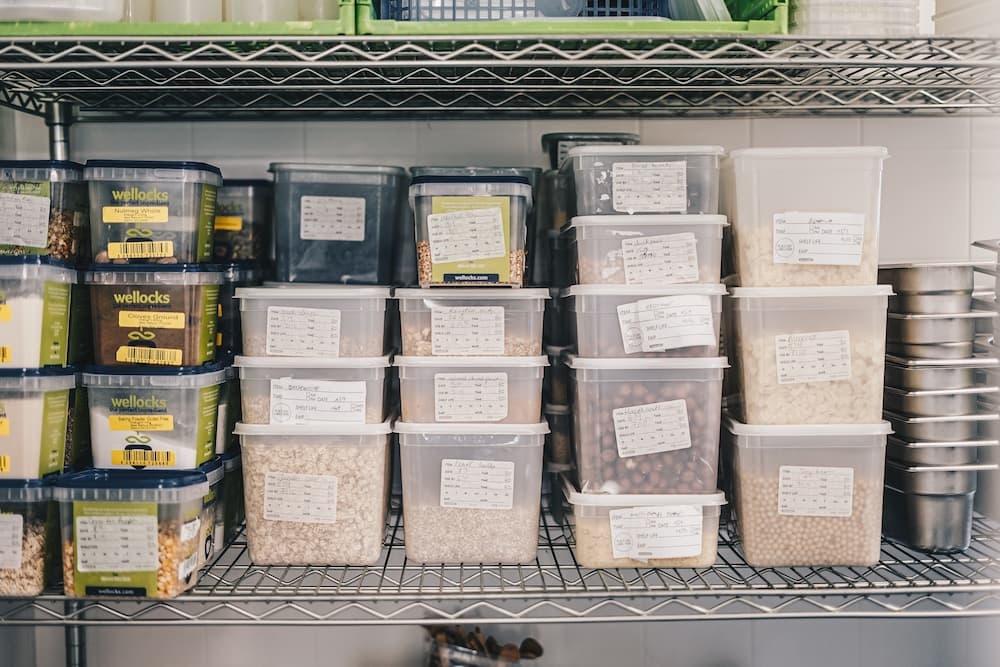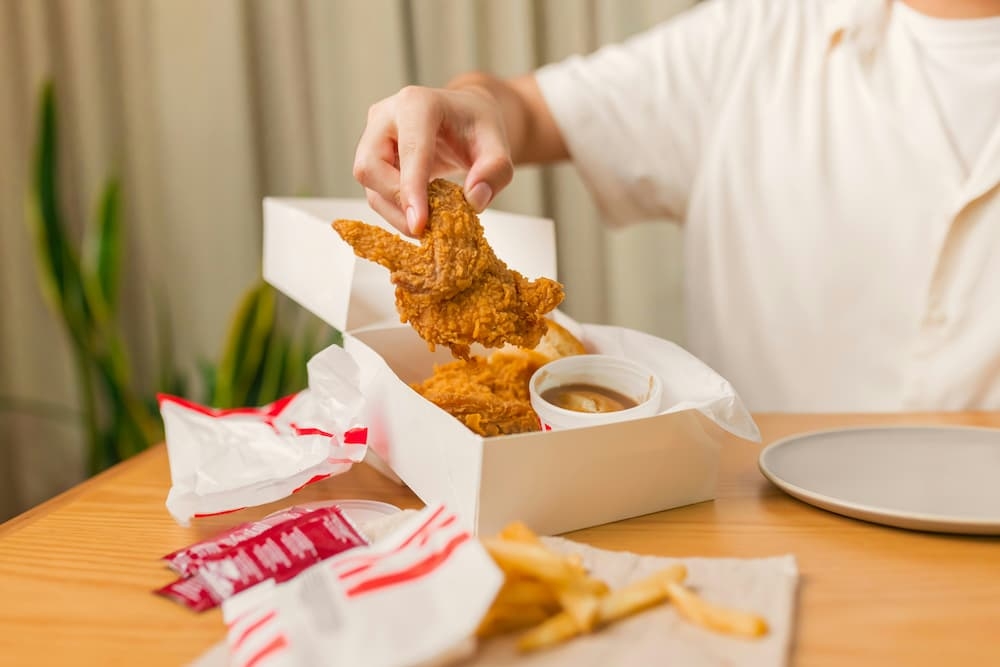How to have excellent menu pictures to grab your audience’s attention
Table of Contents
CloudKitchens
How many tacos can be delivered from a 1000sqft restaurant?
The same amount as a 200sqft ghost kitchen.
In the world of food delivery, online ordering, and even in restaurants, menu pictures are your restaurant’s first impression. When customers can’t see or smell your dishes in person, the quality of your food photos becomes a key factor in whether they’ll place an order.
Outstanding menu pictures can enhance customer engagement, improve conversion rates, and even build brand loyalty. This guide explores tips and techniques to make your food photos grab attention and inspire orders. Let’s get started?
Why quality menu pictures matter for online restaurants
For ghost kitchens and delivery-only restaurants, where customers can’t physically see or smell the food before ordering, photos are the primary way to convey taste, freshness, and quality.
High-quality, mouth-watering images do more than showcase a dish; they build credibility and enhance the dining experience from the first click. Effective visuals attract customers, enticing them to try new items and helping them visualize the flavors and textures before they even place an order.
Studies show that people “eat with their eyes” meaning visually appealing food can create a positive perception of taste and quality. In online settings, this effect is even more pronounced: clear, enticing photos can lead to better conversions as customers feel more confident about their choices.
Additionally, great visuals help build a cohesive brand image, differentiating your restaurant from competitors. For ghost kitchens with no physical storefront, strong visual branding, especially through appealing food photos, makes your business memorable and increases the likelihood of repeat orders.
High-quality menu photos also contribute to trust and customer loyalty. When customers see accurate, well-presented images of your restaurant’s food, they feel reassured that what they see is what they’ll get.
This positive experience builds customer trust, leading to positive reviews, more frequent orders, and higher retention rates. Over time, this investment in visual appeal can significantly boost your restaurant’s brand reputation and profitability, ensuring sustained growth and customer satisfaction.
How to take photos of food for restaurants?
Lighting tips
Lighting is crucial in food photography, with natural light being the best option for capturing vibrant and appetizing images. Place dishes near a large window and use soft, indirect sunlight to highlight the food’s natural colors and textures without harsh shadows.
If natural light isn’t available, a ring light or softbox can help diffuse artificial light, providing a similar effect without compromising quality.
Camera and equipment basics
While a DSLR camera can offer high-quality results, many modern smartphones also work well for food photography with the right settings. A tripod can help stabilize your shots, especially for close-ups, and allows you to experiment with different angles.
Use a lens with a shallow depth of field (or portrait mode on a smartphone) to add focus to the food while blurring the background, emphasizing the dish’s details.
Ideal angles and composition
Try three classic angles in food photography:
- Overhead (flat lay): Ideal for dishes with multiple elements, like charcuterie boards or salads.
- Eye-level: Great for capturing height and layers, such as stacked burgers or sandwiches.
- Close-up: Highlights intricate details like garnish or sauce drips.
Experiment with the rule of thirds and balance colors and textures in the frame to create visually dynamic compositions that draw the eye.
Tips for food styling
Make your dishes look fresh and full of texture by styling them thoughtfully. Add a garnish, like fresh herbs or a lemon wedge, for a pop of color. Think about the “hero” ingredient and place it prominently in the photo, and keep elements like sauces and dressings visible to emphasize flavors. This attention to detail can transform a good photo into a great one.
Read More: Social media marketing guide & tips for restaurants
How to make food pictures look better with editing
Basic editing tips
Editing can elevate your photos by enhancing brightness, contrast, and saturation, but it’s essential to avoid over-editing. Start by making slight adjustments to brightness to make the dish stand out.
Next, adjust the contrast to create depth in the photo, and consider enhancing saturation to bring out colors.
Editing tools
Free and affordable editing tools like Adobe Lightroom, VSCO, and Snapseed make it easy to refine photos. Many of these apps offer filters and custom settings to create a cohesive aesthetic, perfect for restaurant brands aiming for a consistent look.
Common food photography mistakes to avoid
Avoiding shadows and glare
Position your food carefully to prevent unwanted shadows or glare, which can obscure details. Use a whiteboard or reflector opposite your light source to soften shadows and create a balanced light. Avoid using direct flash, as it tends to wash out colors and create harsh highlights.
Avoiding overly processed looks
Less is more in food photography. Avoid excessive filters or color edits, which can make food look unrealistic. Instead, focus on small enhancements that highlight the dish’s natural appearance for a fresh, appetizing look.
Maintaining a consistent style
Choose a consistent aesthetic for your food photos to build a strong brand presence. This can be a signature filter, a specific angle, or unique props that reflect your restaurant’s theme. A cohesive visual style makes your menu appear professional and familiar to returning customers.
Camera settings for food photography
For DSLR users, use an aperture setting between f/2.8 and f/5.6 to create a sharp, focused area with a blurred background. Keep the ISO low, around 100-400, to reduce noise in bright settings, and use a shutter speed fast enough to prevent motion blur.
Smartphone users can use manual modes or apps to adjust these settings, enhancing clarity and control over the final image.
Read More: 45 thank you messages for your customers in delivery to have their loyalty
How CloudKitchens supports your restaurant’s marketing needs
Outstanding menu pictures are just one aspect of a successful restaurant operation. CloudKitchens provides a comprehensive solution to streamline your business, from optimized kitchen spaces and innovation while you can dedicate more time to your digital presence.
With CloudKitchens, you can enhance productivity and focus on what matters most: creating delicious dishes that customers love. Ready to elevate your restaurant with CloudKitchens’ solutions? Explore how CloudKitchens can help you thrive in a digital-first world.
DISCLAIMER: This information is provided for general informational purposes only and the content does not constitute an endorsement. CloudKitchens does not warrant the accuracy or completeness of any information, text, images/graphics, links, or other content contained within the blog content. We recommend that you consult with financial, legal, and business professionals for advice specific to your situation.
Read More:
More insights & stories
There’s more where that came from.
Get in the know and check out our additional insights



